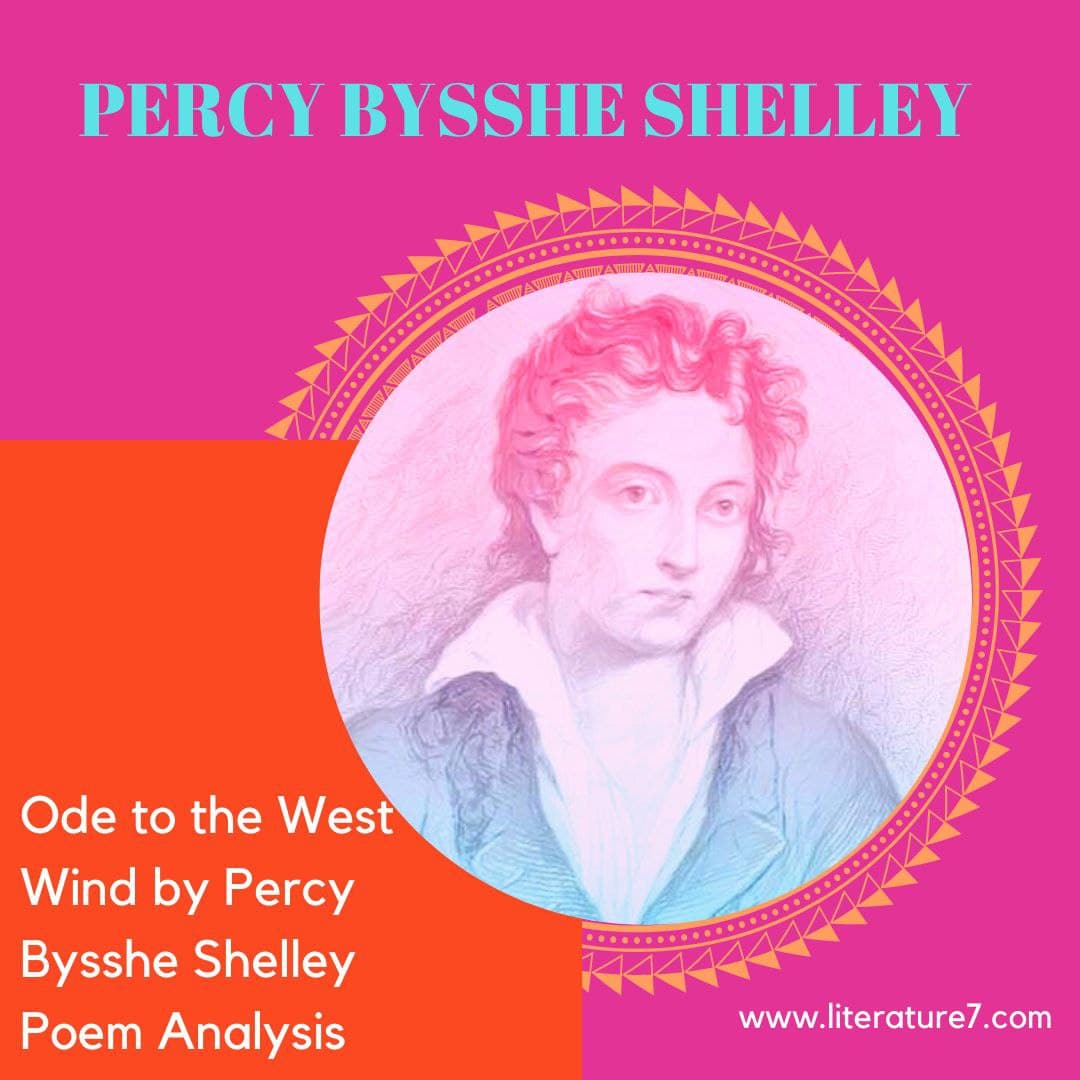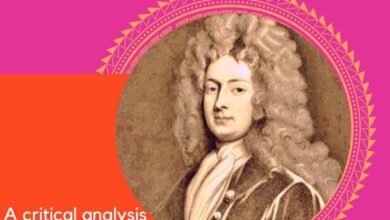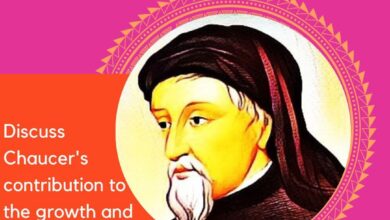Ode to the west wind analysis stanza by stanza
Ode to the West Wind is one of Shelley’s most celebrated works. Although it has been dubbed a “matchless ode,” it is not easily understood. The primary obstacle to comprehension is the proliferation of similes and metaphors that accompany one another with astonishing rapidity. Shelley progresses through the poem from a splendid depiction of nature’s storm and peace to an equally magnificent self-portrait. Finally, he combines nature and himself in order to sing of humanity’s Golden Age.
Stanza 1, the introductory stanza, explains the West Wind’s actions on land. The west wind causes the dead to flee before it, just as a magician causes a ghost to flee as he approaches. The poet refers to the west wind as a wild spirit that moves in all directions and acts as both a destroyer and a preserver.
Stanza 2. It explains the air activities of the west wind. The poet addresses the west wind, imploring it to listen to him. The clouds soaring above the west wind’s surface are messengers of rain and lightning. The stanza exemplifies Shelley’s use of abstract imagery in his poetry. Additionally, it is notable for its similes and metaphors.
Stanza 3. It is a term that refers to the impact of the west wind on water. The stanza is notable for its vibrant imagery and the personification of two seas, the Mediterranean and the Atlantic. Shelley noted that the vegetation at the bottom of the sea, rivers, and lakes sympathizes with the vegetation on the land during the seasons’ changing and is thus affected by the winds that herald the transition.
Read more Critical appreciation of ode on intimations of immortality
Stanza 4 creates a connection between his own personality and the west wind’s personality. He reminisced about his youth when he was as swift, vivacious, and uncontrollable as the west wind. As a child, the poet claims that he could outrun the west wind’s speed and the cloud that accompanied it on its journey across the sky.
Stanza 5: The last stanza encompasses the whole world. The poet implores the west wind to regard him as a lyre and to blow on him as it does in the forest because, like the forest, he is going through his life’s autumn.
The west wind blowing on him and through the forest would build a sad yet beautiful melody. He wishes for the west wind to spread his prophecy about the advent of the golden age across the world. Will spring be far behind if winter arrives? This stanza exemplifies Shelley’s idealism, belief in human nature’s perfectibility, and faith in humanity’s Golden Age.






